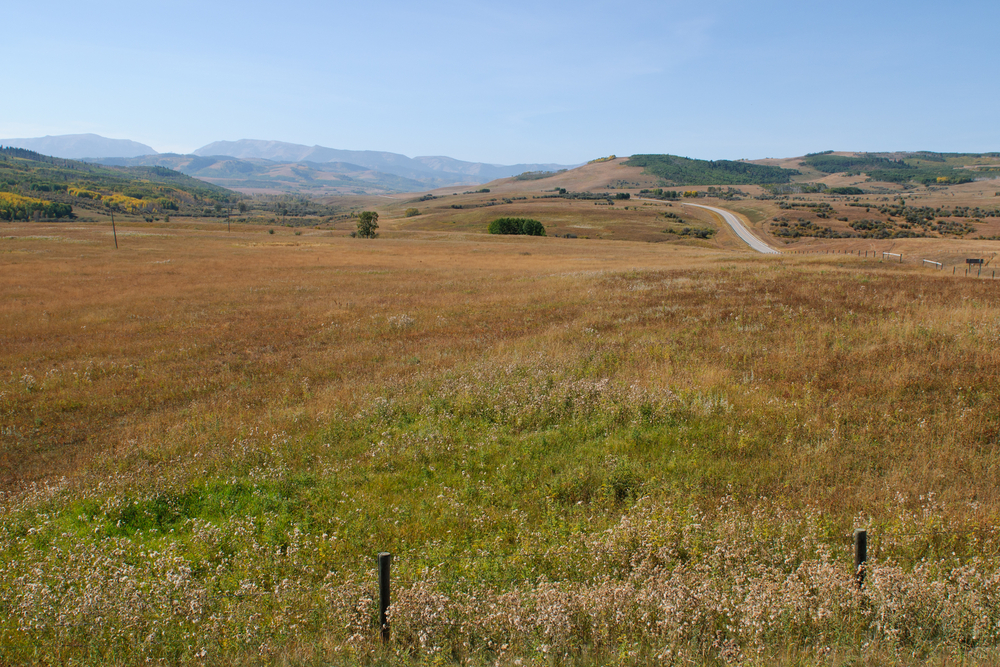
The U.S. Department of Agriculture (USDA) has announced new conservation frameworks to better protect U.S. working rangelands. USDA’s Natural Resources Conservation Service (NRCS) has been working with state-level organizations to develop approaches to address threats to rangelands. The effort will benefit agriculture as well as wildlife populations that rely on sagebrush and grassland landscapes.
“America’s iconic rangelands support ranchers and rural communities, provide wildlife habitat, and store carbon,” NRCS State Conservationist for California, Carlos Suarez said in a news release. “These new frameworks provide a common vision and coordination to address resource concerns and ecosystem threats across state boundaries, and new scientific tools now provide unprecedented opportunities to develop strategic approaches combined with on-the-ground landowner and rancher expertise.”
The new conservation frameworks are meant to address threats such as exotic annual grass invasion and land-use conversion. Over a million acres a year of rangelands in the western United States are lost every year to non-native grasses, plows, and land development. Other threats to Western rangelands include woody encroachment and degradation of riparian and wet meadow areas. Over the next five years, the new frameworks will function as a guide for implementing voluntary conservation practices.
Significant work has already been done addressing the conservation needs of rangelands. The new conservation frameworks will further those efforts in supporting a variety of conservation and restoration practices. Projects to limit soil disturbance, enhance proper grazing practices, and support prescribed fire efforts will all be reinforced through the frameworks. The development of appropriate native grassland species that have deep root systems will also be supported to increase carbon stocks in grasslands.
The initiative is based on the first biome-scale outline for rangeland conservation developed through a multi-state planning effort. NRCS will be tracking the progress of the conservation frameworks and providing assistance and ongoing assessment of outcomes. The overall work will be guided by Working Lands for Wildlife, with the implementation of targeted strategies being carried out on a local level.









